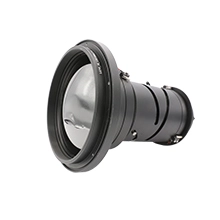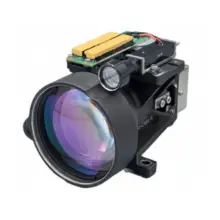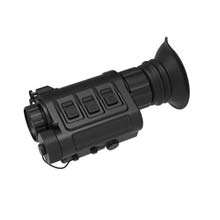How to Monitor and Send Early Warnings for Spontaneous Combustion of Coal Dumps? Applications of Thermal Cameras in Coal Bunker Safety Monitoring
In the coal mining industry, coal ores are generally stacked in the ore yard after being minded from mines and then transferred to coal storage yards or coal bunkers after being processed. Periodic static storage easily leads to temperature increases in coal bunkers and the gathering of gasses such as CH4 and CO can cause spontaneous combustion. With traditional manual temperature measurement approaches, real-time coal bunker temperature cannot be monitored, spontaneous combustion cannot be accurately located, and CO2, SO2, and other hazardous gasses released through coal oxidation are harmful to the health of operators. Through non-contact temperature measurement, thermal cameras are capable of monitoring coal bunker temperature at all times. Functions, such as quick response, accurate temperature measurement, fire temperature monitoring, rapid fire alarms, and accurate location of origin of the fire, prevent the occurrence of fire and large-scale fire spread, avoiding major losses.

I. Main Applications of Thermal Cameras in Coal Bunker Monitoring
1. Heat distribution of coal is automatically scanned to generate intuitive images and automatically capture the point with the highest temperature. When the temperature reaches the preset threshold, the system software displays the alarm temperature and the image of the position where the temperature is high.
2. The temperature increase trend is analyzed automatically for the image of the monitored coal bunker or a specific zone to detect in advance areas where spontaneous combustion of coal is possible.
3. Zone temperatures are analyzed as needed. Monitored and shielded zones can be added to focus on the temperature of key target zones and circumvent the impact of irrelevant factors on temperature measurement.
4. Real-time thermal imaging information is transmitted to the control room, informing staff on duty of the changes in the coal bunker temperature to facilitate their response.
II. Unique Advantages of Thermal Cameras
1. Non-contact monitoring does not affect coal handling. All-day real-time display of the heat distribution of coal enables accurate positioning of places of spontaneous combustion.
2. Featuring natural smoke and fog penetration capabilities, thermal cameras are insusceptible to the interference of dust and gases, making themselves a good choice to use in coal mines.
3. Thermal cameras support the setting of the fire point threshold. This means that the heating and temperature increases of coal that are smoldering can be monitored, making intelligent early warnings possible. This also leaves sufficient time for correlating fire extinguishing devices, significantly lowering the probability of fire.

















